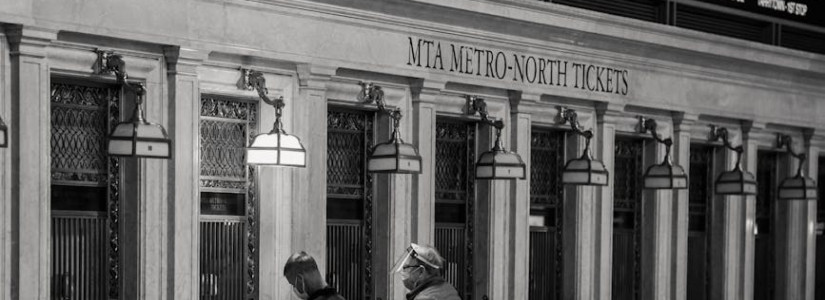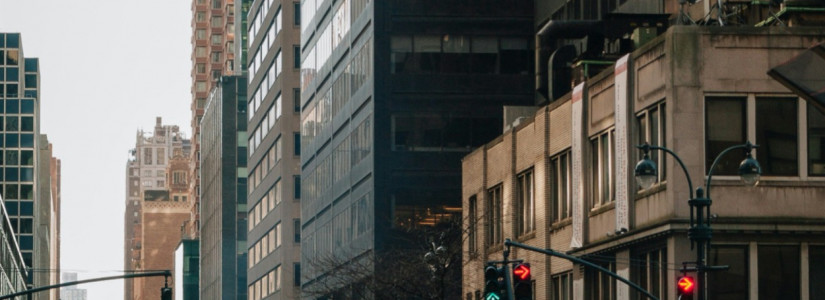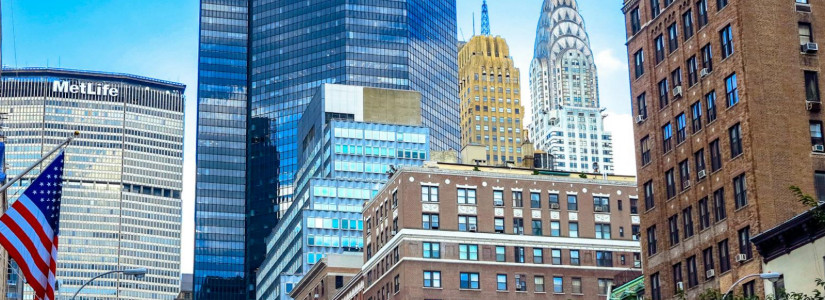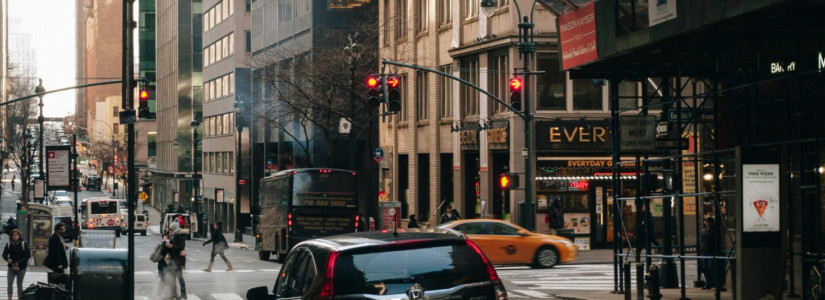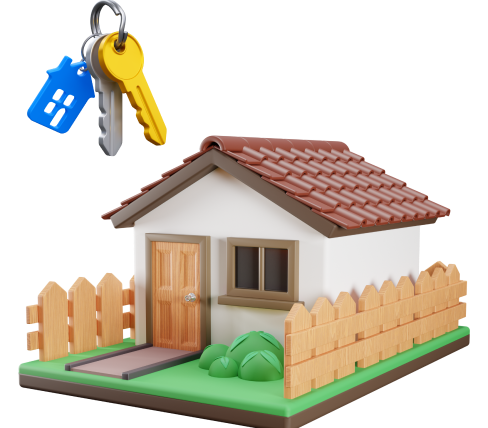Why Is Housing in Large Cities Shooting a Hole in the Economy?
If you ask anyone who lives in a big city what their largest expense is, chances are you'll hear the same answer: "rent". It's undeniable that large cities, especially those experiencing gentrification, are seeing skyrocketing rent rates. Apartments that may have cost $600 per month a few decades ago are going for more than $5,000 per month in parts of Silicon Valley, for a more extreme example.
Either way, residents of many large cities are seeing their salaries go less and less further. It's gotten so out of hand that Politico just reported The White House Administration is launching a formal inquiry into why a selected group of large cities are threatening the United States' economy.
The White House Administration formally announced that they are concerned for the economy and residents of large cities that have seemingly outrageous rent costs. Though some are calling this a "politically motivated attack", the rent in these cities is known to be extremely high, regardless of one's political beliefs.
On February 20, 2020, the White House Council of Economic Advisers notes that rent and housing costs across the country are generally increasing at large. However, it states that it's rising at an "unacceptable" rate relative to wages in the following large cities. The council reported that these cities lack the ability to build enough housing to accommodate residents, contributing to multiple crises we'll discuss in the next section. Here is the complete list of eleven cities where residents pay the most to live (ranked according to the report):
As you can see, though there are eleven metropolitan areas listed, they encompass only seven states (and the District of Columbia).
The report goes into great detail regarding what goes into making housing unaffordable in each city in particular. It also points out details regarding each state covered that may be contributing to rising housing costs. Much of the report is focused on the State of California, the only state to appear more than once on the list, for a total of four cities.
However, right after listing the cities, the report cites "excessive regulatory barriers imposed by State and local governments" and provides examples for each city. Of course, more than regulations go into it for a few of these cities. The District of Columbia, for example, is legally limited to sixteen blocks, and much of it is owned by the federal government, making building new housing next to impossible. Honolulu has the obvious limitation of being on a tiny island that is fully occupied. However, the other nine cities may have some answering to do when it comes time to federally fund certain projects.
The most obvious crisis that has been linked to rising housing costs is a sharp increase of homeless people. People at risk for homelessness include those who are disabled, live in high-cost areas and don't have the requisite skill set or experience to land a higher-paying job, and those who have an undiagnosed disorder that would benefit from medical attention.
President Trump's address at the beginning of the report makes a surprising link: unreasonable housing costs lead to drug addiction. He points out that less unemployment means less drug addiction, which is historically accurate. However, the country has never seen such a sharp uptick in both housing costs and homelessness. Unfortunately, the opioid epidemic has already claimed millions of lives. The President makes the argument that a lack of housing create a lack of hope and drives those who are less fortunate to use illicit drugs. No peer-reviewed study has confirmed or denied this, but the basic premise does make sense.
First, it's important to keep track of housing trends. Some of these cities were previously featured on "Most Affordable" lists in Kiplinger's! If you have a choice, it's likely better to avoid moving to these eleven cities, since the housing market appears to be rapidly getting worse.
Either way, residents of many large cities are seeing their salaries go less and less further. It's gotten so out of hand that Politico just reported The White House Administration is launching a formal inquiry into why a selected group of large cities are threatening the United States' economy.
Cities Where Housing Costs Are Being Investigated
The White House Administration formally announced that they are concerned for the economy and residents of large cities that have seemingly outrageous rent costs. Though some are calling this a "politically motivated attack", the rent in these cities is known to be extremely high, regardless of one's political beliefs.
On February 20, 2020, the White House Council of Economic Advisers notes that rent and housing costs across the country are generally increasing at large. However, it states that it's rising at an "unacceptable" rate relative to wages in the following large cities. The council reported that these cities lack the ability to build enough housing to accommodate residents, contributing to multiple crises we'll discuss in the next section. Here is the complete list of eleven cities where residents pay the most to live (ranked according to the report):
- San Francisco, California
- Honolulu, Hawaii
- Oxnard, California (This is most of Ventura County)
- Los Angeles, California
- San Diego, California
- The District of Columbia (Washington, D.C.)
- Boston, Massachusetts
- Denver, Colorado
- New York City, New York
- Seattle, Washington
- Baltimore, Maryland
As you can see, though there are eleven metropolitan areas listed, they encompass only seven states (and the District of Columbia).
What's Causing This Problem?
The report goes into great detail regarding what goes into making housing unaffordable in each city in particular. It also points out details regarding each state covered that may be contributing to rising housing costs. Much of the report is focused on the State of California, the only state to appear more than once on the list, for a total of four cities.
However, right after listing the cities, the report cites "excessive regulatory barriers imposed by State and local governments" and provides examples for each city. Of course, more than regulations go into it for a few of these cities. The District of Columbia, for example, is legally limited to sixteen blocks, and much of it is owned by the federal government, making building new housing next to impossible. Honolulu has the obvious limitation of being on a tiny island that is fully occupied. However, the other nine cities may have some answering to do when it comes time to federally fund certain projects.
Crises Being Exacerbated
The most obvious crisis that has been linked to rising housing costs is a sharp increase of homeless people. People at risk for homelessness include those who are disabled, live in high-cost areas and don't have the requisite skill set or experience to land a higher-paying job, and those who have an undiagnosed disorder that would benefit from medical attention.
President Trump's address at the beginning of the report makes a surprising link: unreasonable housing costs lead to drug addiction. He points out that less unemployment means less drug addiction, which is historically accurate. However, the country has never seen such a sharp uptick in both housing costs and homelessness. Unfortunately, the opioid epidemic has already claimed millions of lives. The President makes the argument that a lack of housing create a lack of hope and drives those who are less fortunate to use illicit drugs. No peer-reviewed study has confirmed or denied this, but the basic premise does make sense.
Key Takeaways
First, it's important to keep track of housing trends. Some of these cities were previously featured on "Most Affordable" lists in Kiplinger's! If you have a choice, it's likely better to avoid moving to these eleven cities, since the housing market appears to be rapidly getting worse.




